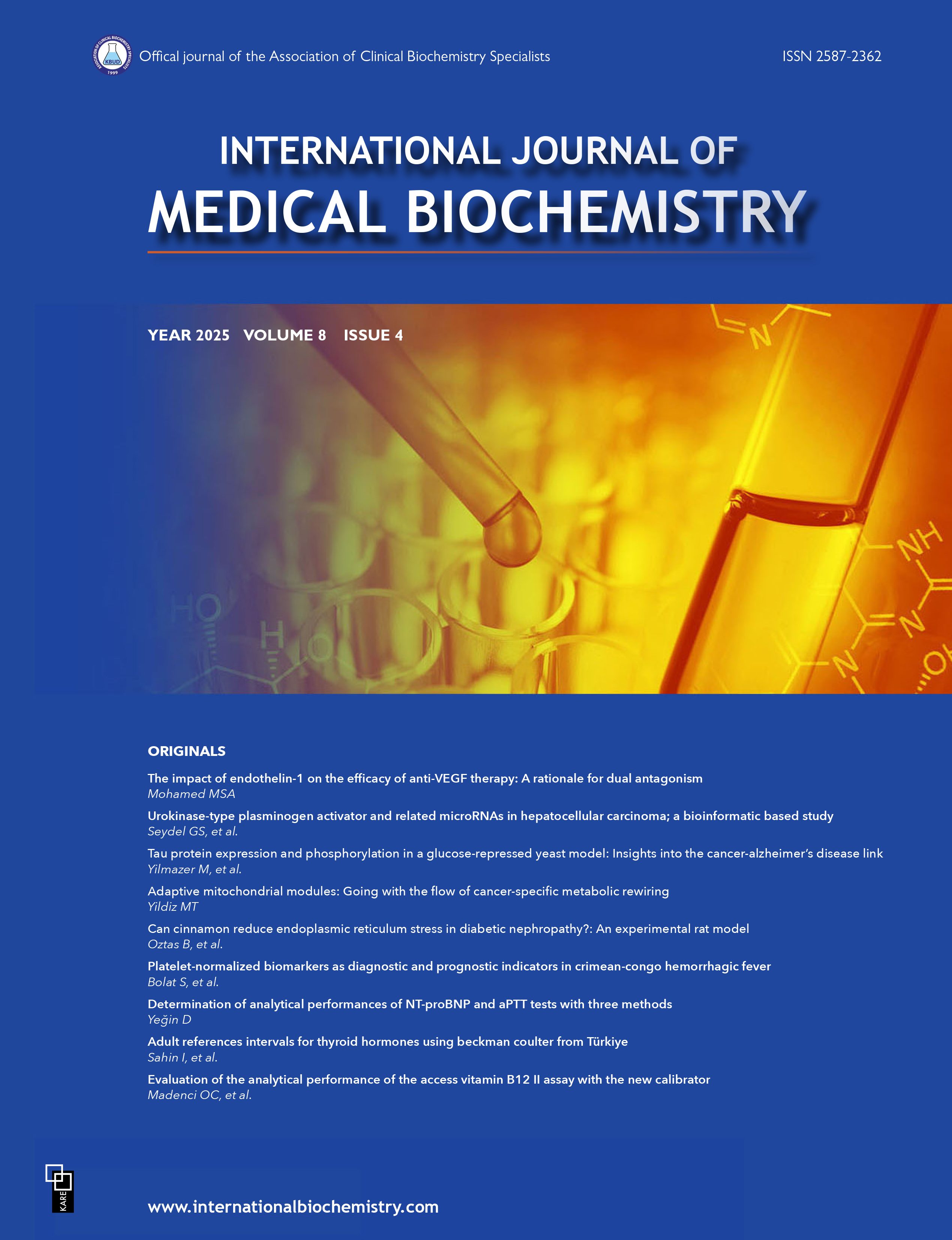Synthesis of novel iron chelating and heme-interacting acridone derivatives to prevent free heme- and ironmediated protein oxidation
Chinmay PalDepartment of Chemistry, Gobardanga Hindu College, North 24 Parganas, West Bengal, IndiaINTRODUCTION: Various diseases are associated with the accumulation of oxidized proteins. In certain pathological conditions, the breakdown of hemoproteins, such as hemoglobin, leads to the formation of heme. Heme possesses pro-oxidant properties, which contribute to oxidative stress, inflammation, and protein degradation. Furthermore, the presence of reduced transition-metal ion Fe2+ can lead to protein degradation and the generation of harmful hydroxyl radicals (OH). It would be beneficial to develop a substance that can counteract these processes by detoxifying free heme, chelating Fe2+, and exhibiting antioxidant activity through the scavenging of OH, thereby preventing protein oxidation.
METHODS: Two new acridones, 2-chloroacridin-9(10H)-one (a) and 2-fluoroacridin-9(10H)-one (b), have been synthesized. These compounds have the ability to interact with heme and bind to free iron. The effectiveness of their interaction with heme and their iron-binding properties was assessed through optical Soret spectroscopy. To determine the protective effects of these newly synthesized acridones on protein degradation induced by heme and iron, a standard protein called bovine serum albumin was employed. In addition, the in vitro antioxidant activity of the synthesized compounds was evaluated using two different assays: the 2,2-diphenyl-1-picrylhydrazyl (DPPH) assay and the ferric reducing antioxidant power assay.
RESULTS: The acridones demonstrated exceptional abilities in chelating iron, interacting with heme, and exhibiting antioxidant activity. The specific substitutions of chlorine and fluorine atoms in synthesized acridones, respectively, differentiate them from other acridones in terms of their distinct electronic, steric, and chemical characteristics that influence their interactions with iron and heme molecules. Moreover, these compounds effectively inhibited protein degradation induced by heme and the production of OH resulting from the Fentons reaction involving Fe(II) and hydrogen peroxide (H2O2).
DISCUSSION AND CONCLUSION: From the above observation, it is evident that, acridones have the potential to treat disorders by preventing the oxidation of proteins by free heme, iron, and OH.
Keywords: Acridones, antioxidant activity, heme-interaction, iron chelator, protein oxidation
Manuscript Language: English







